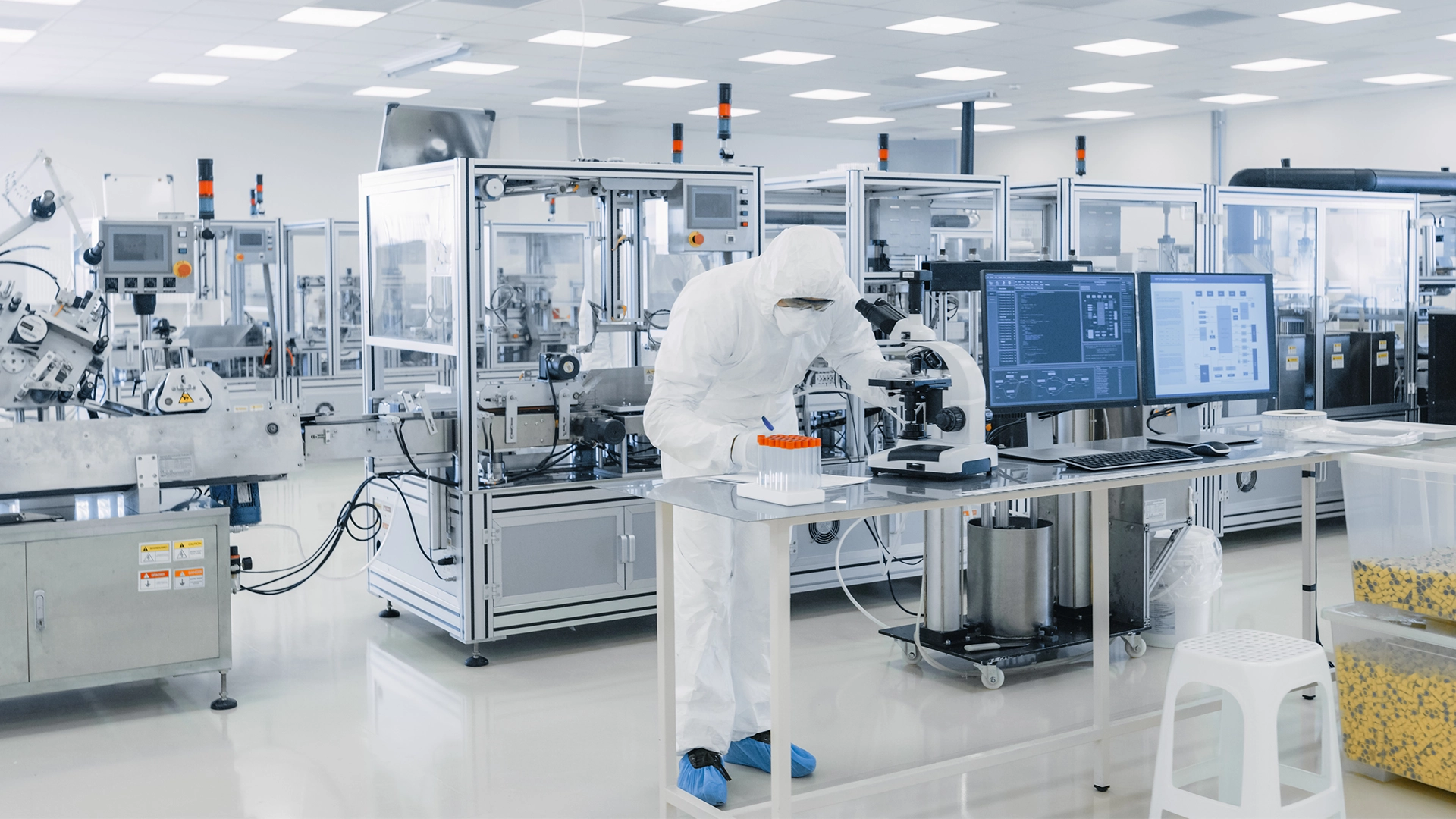How do you know which SMART manufacturing processes and systems are right for you?
“The first place to start is with data,” says Mags Dalton, PM Group’s Head of SMART Manufacturing. “There is huge ambition out there right now for SMART factories. This is especially so in the pharma industry and for what we call ‘lighthouse’ facilities, which really show the way to Industry 4.0."
Where it all starts is by asking the right questions about what you want to achieve. What is the problem you want to solve? Is it a manufacturing process issue, or is it something further up the corporate hierarchy?”


"Right now, there are endless possibilities and a clamour of equipment and systems options. It’s easy to get lost in the engineering."
Mags Dalton
Group Head of SMART Manufacturing
“It’s very tempting to jump straight in and start asking about, for example, a digital twin of your entire facility,” says Mags. “But then you look at the budget for doing that and it’s significant. It’s important to identify where the specific issues are that you want SMART manufacturing to solve. Once you identify the data that already exists around that problem, you can start making clear decisions around cost and performance.”
Often, the data needed to carefully analyse a SMART manufacturing demand already exists. However, it might be incomplete, or it might not be of the right quality. “If it’s a new facility, you might have to spend time harvesting the data you need,” says Mags. “But if we’re talking about a major multi-national, data can often be leveraged from other sites. It’s worth taking the time at this point on the data itself and on getting the right people working on it.”
“SMART manufacturing technologies can enable a facility or an area to be operated as ‘lights out’ with obvious benefits”
SMART, real-time data allows you to adjust and alter your manufacturing schedule to make it run as smoothly as possible. For instance, predictive maintenance - which works out when a technical failure is most likely to occur - means that machinery downtime can be minimised.
SMART manufacturing technologies can enable a facility or an area to be operated as ‘lights out’. The benefit is the removal of personnel who can be a source of contamination and enabling the process to run 24/7 unencumbered.
“There’s going to be a bigger requirement for project information managers, data analysts, problem solvers and people who are involved in managing this kind of technology,” says Mags. “It’s more of a shift in how and where people work in these facilities.” It’s an important message to communicate down the chain of training and education within SMART-facing industries - future employment will revolve more and more around data.
Transforming efficiency
It’s not just big manufacturing tasks and big data, either. SMART manufacturing is about solving the small problems too. These problems can seem insignificant but can end up being blockers to both speed and quality. One of PM Group’s clients recently found that a control room in their facility included three separate human-machine interface screens. Each one needed password entry, which was both slow and frustrating for the operators.
Solutions included biometric or swipe-card access instead. Another possibility was a single HMI screen that tied the information and functions of the other three together. It doesn’t sound like much, but bringing SMART manufacturing down from the macro to this micro level is transformative. The control room staff can do their work more easily, with greater safety and aren’t being needlessly frustrated by the systems with which they work.
"The industry is focusing on understanding SMART manufacturing to speed up delivery to patients. Besides environmental and sustainability benefits, it aims to shorten design and construction periods and help clients to stay competitive.”









